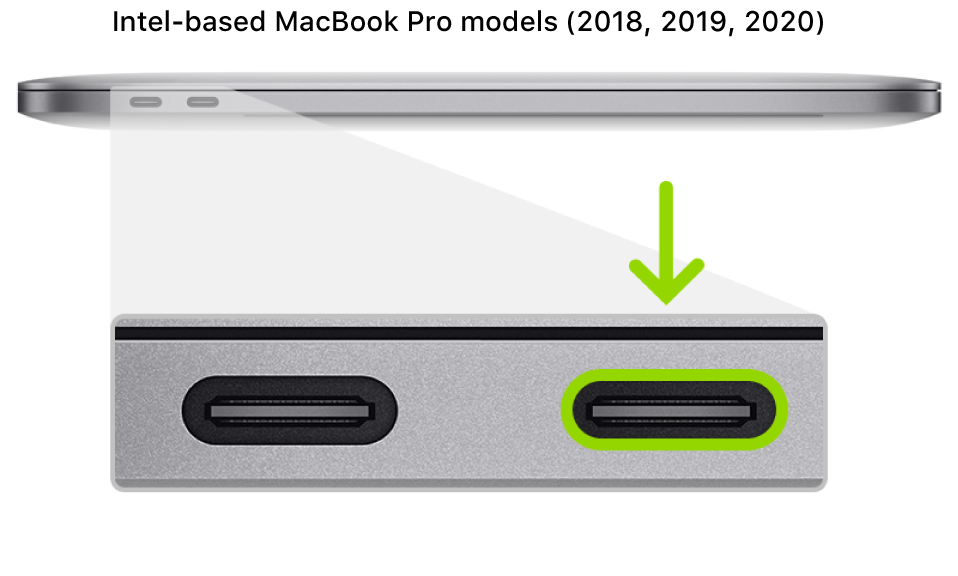

- #APPLE CONGIGURATOR MAC TO MAC CABLE HOW TO#
- #APPLE CONGIGURATOR MAC TO MAC CABLE FULL#
- #APPLE CONGIGURATOR MAC TO MAC CABLE PRO#
Preparing a non-working M1 MacBook Air or Pro
#APPLE CONGIGURATOR MAC TO MAC CABLE FULL#
If you can boot up your M1 Mac to macOS Recovery, you may be able to reinstall macOS without having to revive or do a full restore which both require a second Mac and Apple Configurator 2. As such, you’ll want to have your data backed up. What is an M1 Mac restore?Ī restore will erase your Mac’s drive but it also restores the firmware, updates recoveryOS to the most recent version, and reinstalls the latest version of macOS. However, keep in mind that if you need to reinstall macOS after performing a revive, that will erase your drive.

A revive is designed to not make any changes to the startup volume, the user’s data volume, or any other volumes. A revive updates the firmware and updates recoveryOS to the latest version.

In very rare circumstances, such as a power failure during a macOS upgrade, a Mac may become unresponsive and so the firmware must be revived. Here’s how Apple describes when you would need to “revive” an M1 Mac and what it does:
#APPLE CONGIGURATOR MAC TO MAC CABLE HOW TO#
How to revive and restore M1 Macs – MacBook Air, Pro, and Mac mini What is an M1 Mac revive? While that’s still an option for doing things like reinstalling macOS on M1 Macs, there’s a different process to fully restore an M1 Mac or in limited cases, the need to revive an M1 Mac. Performing a restore (factory reset) with Intel Macs uses macOS Recovery. Follow along for a look at how to revive and restore M1 Macs, what the difference is, when to use them, and what to try before taking those steps. Along with the shift to Apple Silicon, performing things like a restore is different with M1 Macs compared to their Intel predecessors.


 0 kommentar(er)
0 kommentar(er)
